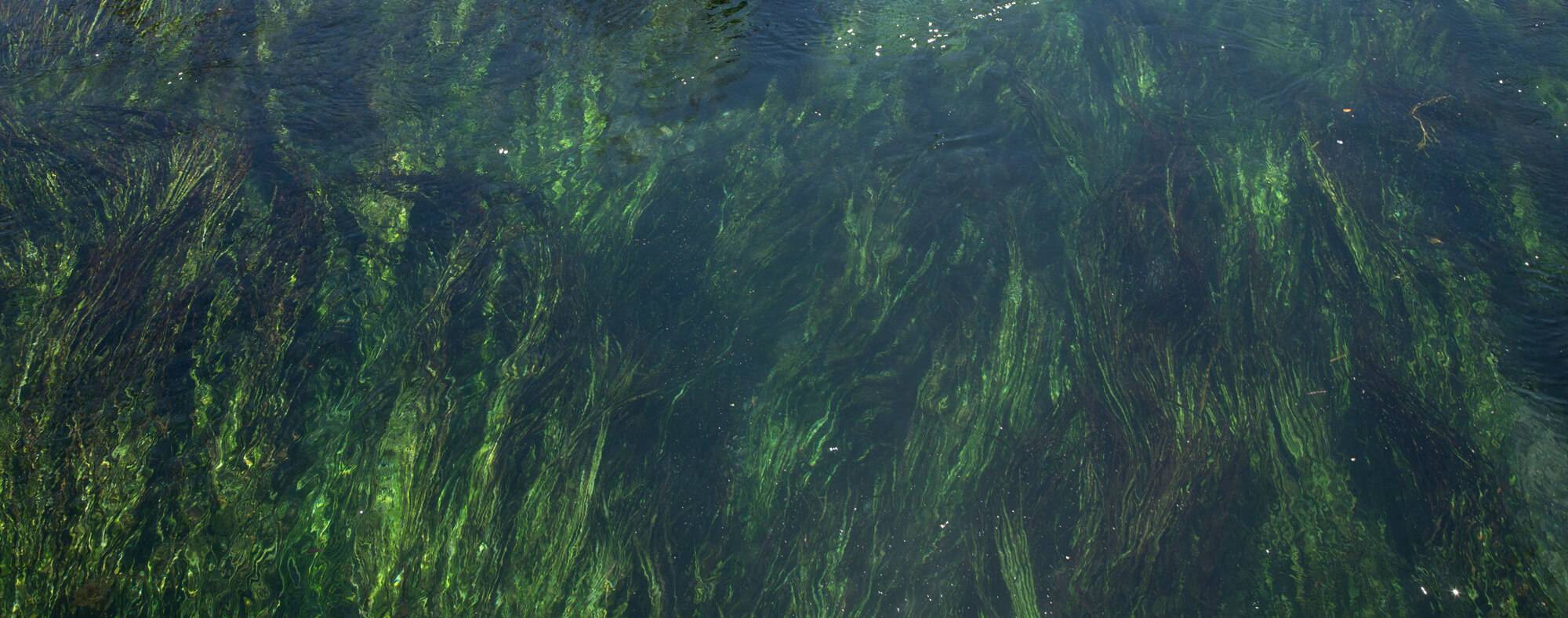Precipitation
As the second-largest state at over 695,000 km2 (268,000 square miles), Texas’ varied geography leads to diverse patterns in precipitation1. West Texas, on average, receives less than 10 inches per year while east Texas can get over 60 inches per year2. The drought of 2011 is still the most significant on record, but the 1900s saw many consecutive years with low rainfall and high temperatures3. The average amount of yearly rainfall in east and central Texas has increased by 10% over the last century, and the five wettest months on record have happened in the previous two decades2,4,5. However, this does not mean water stress and drought have declined under changing climate conditions.
In recent years, the frequency of precipitation events in Texas has gone down, with more rainfall occurring in rapid and intense bursts, leading to more severe inland flooding interspersed by longer periods of drought1. Climate models do not currently project any significant changes in normal precipitation by 2036 compared to the present day5. Average annual precipitation will probably only change slightly by the end of the century, with wetter and warmer winters and drier summers being the new norm1. However, extreme rainfall events are expected to become more intense and common with greater greenhouse gas emissions by the end of the century1,6.
A 6 to 10 percent increase in extreme rainfall intensity and a 30 to 50 percent increase in extreme rainfall frequency, depending on the projection scenario, is expected by 2036 compared to the 1950s5. The greater prevalence of extreme precipitation events will probably lead to fewer soaking rains and create drier soils due to more extended periods between storms7,8. Warmer temperatures will also intensify drought severity due to greater rates of evapotranspiration and soil moisture stress2,6,7. The consequences of these more severe rainfall trends will likely lead to overall drier future conditions than anything Texas has previously experienced in the last 1,000 years1,8,9. It is important to remember that more rainfall does not mean less drought. Look at resources below to explore how precipitation is changing in Texas.
Click images to enlarge.
References
- Kloesel, K., B. Bartush, J. Banner, D. Brown, J. Lemery, X. Lin, C. Loeffler, G. McManus, and others 2018. Chapter 23: Southern great plains. Impacts, risks, and adaptation in the United States: The fourth national climate assessment, volume II. U.S. Global Change Research Program.
- Runkle, J., K. E. Kunkel, J. Nielson-Gammon, R. Frankson, S. M. Champion, B. C. Stewart, L. Romolo, and W. Sweet. 2022. Texas State Climate Summary 2022. Vol. 5. Silver Spring, MD.
- Nielsen-Gammon, J. W. 2012. The 2011 Texas drought. Texas Water Journal 3: 59–95.
- Wuebbles, D. J., D. W. Fahey, and K. A. Hibbard. 2017. Climate science special report: fourth national climate assessment, volume I.
- Nielsen-Gammon, J., S. Holman, A. Buley, S. Jorgensen, J. Escobedo, C. Ott, J. Dedrick, and A. Van Fleet. 2021. Assessment of Historic and Future Trends of Extreme Weather in Texas, 1900-2036. OSC-202101. Texas A&M University.
- Lehner, F., S. Coats, T. F. Stocker, A. G. Pendergrass, B. M. Sanderson, C. C. Raible, and J. E. Smerdon. 2017. Projected drought risk in 1.5 C and 2 C warmer climates. Geophysical Research Letters 44. Wiley Online Library: 7419–7428.
- Berg, A., and J. Sheffield. 2018. Climate change and drought: the soil moisture perspective. Current Climate Change Reports 4. Springer: 180–191.
- Cook, B. I., T. R. Ault, and J. E. Smerdon. 2015. Unprecedented 21st century drought risk in the American Southwest and Central Plains. Science Advances 1. American Association for the Advancement of Science: e1400082.
- Cook, B. I., J. S. Mankin, and K. J. Anchukaitis. 2018. Climate change and drought: From past to future. Current Climate Change Reports 4. Springer: 164–179.
